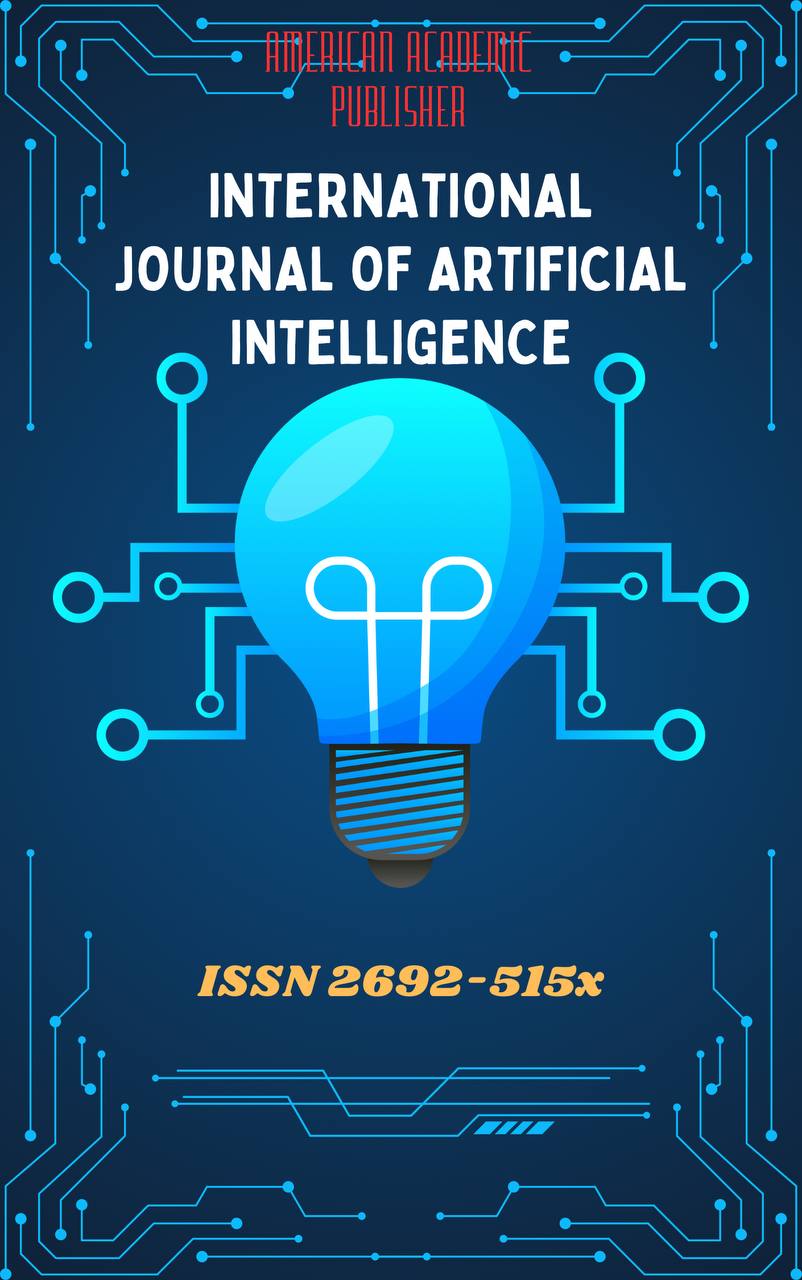 Articles
| Open Access |
Articles
| Open Access | DYSMENORRHEA IN WOMEN AND ITS PREVENTIVE MEASURES
Polatova Dilshoda , 2nd-year student, Faculty of Medicine, Kokand University, Andijan BranchAbstract
Dysmenorrhea, commonly known as painful menstruation, is one of the most prevalent gynecological disorders affecting women of reproductive age. It is characterized by cramping pain in the lower abdomen that may be accompanied by nausea, fatigue, and headache during menstruation. Dysmenorrhea is categorized into primary and secondary types: primary dysmenorrhea occurs without underlying pelvic pathology, while secondary dysmenorrhea results from conditions such as endometriosis, uterine fibroids, or pelvic inflammatory disease.
The pathogenesis primarily involves excessive production of prostaglandins, leading to uterine hypercontractility, ischemia, and pain. This article explores the physiological mechanisms, risk factors, and clinical manifestations of dysmenorrhea and reviews modern therapeutic and preventive approaches. Nonsteroidal anti-inflammatory drugs (NSAIDs), hormonal contraceptives, lifestyle modification, and non-pharmacological interventions such as exercise, diet regulation, and stress management play crucial roles in management. Preventive measures emphasize early education, healthy habits, and timely medical evaluation to minimize complications and improve women’s quality of life.
Keywords
Dysmenorrhea, menstrual pain, prostaglandins, endometriosis, hormonal therapy, NSAIDs, lifestyle modification, exercise, prevention, women’s health.
References
Dawood, M. Y. (2021). Primary Dysmenorrhea: Advances in Pathogenesis and Management. American Journal of Obstetrics and Gynecology.
Harel, Z. (2020). Dysmenorrhea in Adolescents and Young Adults: Etiology and Management. Journal of Pediatric and Adolescent Gynecology.
Iacovides, S., Avidon, I., & Baker, F. (2022). Dysmenorrhea and Prostaglandin Overproduction. Pain Research and Management.
Singh, R. et al. (2023). Lifestyle Modification and Exercise in Menstrual Pain Relief. Women’s Health Journal.
Marjoribanks, J. et al. (2020). NSAIDs for Primary Dysmenorrhea: Systematic Review. Cochrane Database of Systematic Reviews.
Proctor, M., & Farquhar, C. (2021). Diagnosis and Management of Dysmenorrhea. BMJ Clinical Evidence.
Fernandez, L. et al. (2022). Effectiveness of Oral Contraceptives in Dysmenorrhea. International Journal of Gynecology & Obstetrics.
Rahman, H. & Lee, P. (2023). Non-Pharmacological Pain Management in Menstrual Disorders. Complementary Therapies in Medicine.
World Health Organization. (2023). Women’s Reproductive Health and Menstrual Well-being Report.
Park, S. H. (2021). Role of Heat Therapy and Acupuncture in Dysmenorrhea Management. Alternative Medicine Review.
Chen, L. et al. (2022). Herbal Medicine for Menstrual Pain: A Meta-analysis. Phytotherapy Research.
American College of Obstetricians and Gynecologists (ACOG). (2024). Guidelines on Dysmenorrhea and Menstrual Health.
Article Statistics
Downloads
Copyright License

This work is licensed under a Creative Commons Attribution 4.0 International License.

